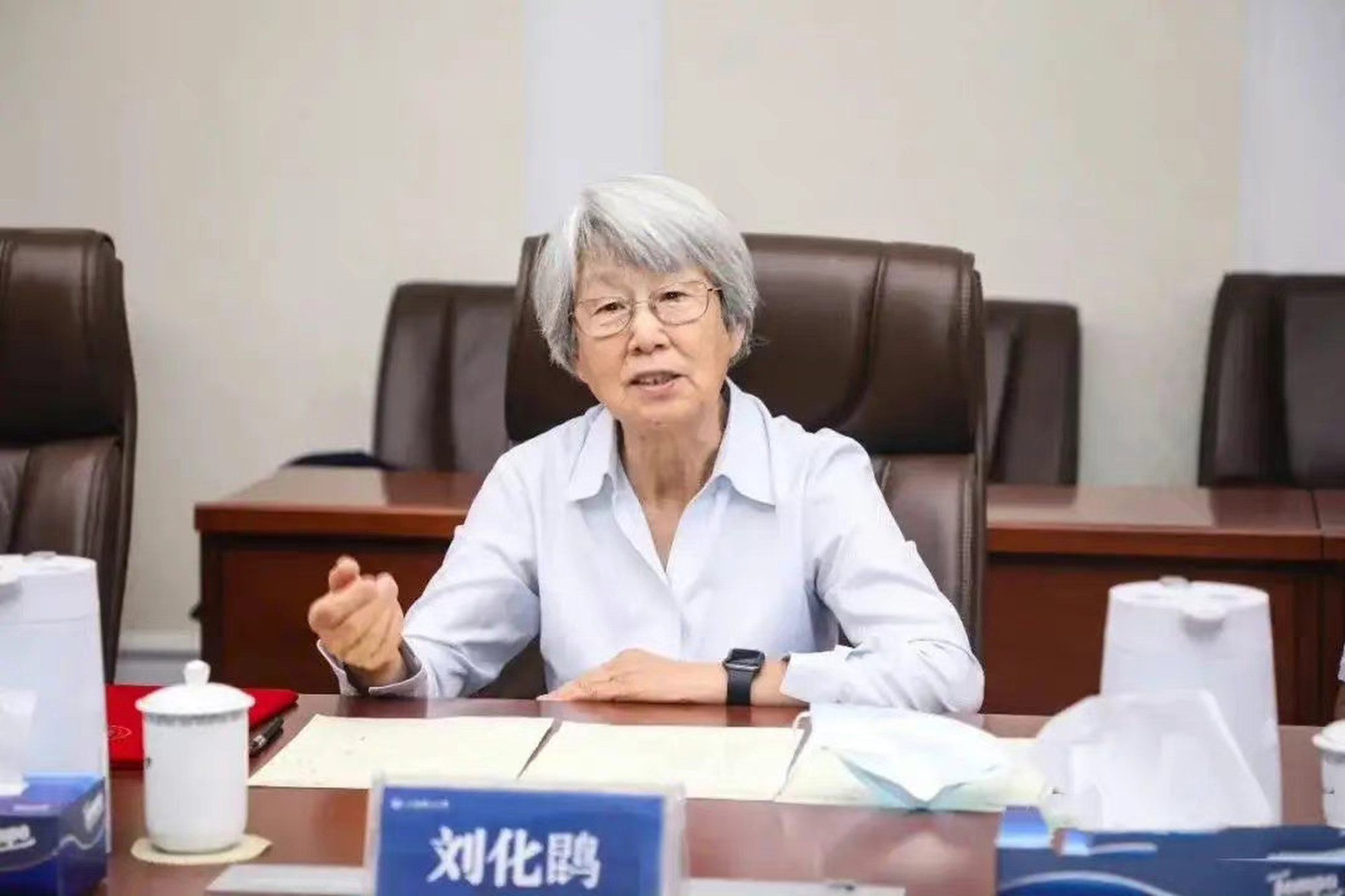
Top Chinese-Australian scientists join new-energy research push at Shanghai university
- Dou Shixue and Liu Huakun will boost the city’s efforts to become a science and tech innovation centre, USST president says
- Appointments come as China is trying to lure more scientific talent from abroad as it seeks to reduce reliance on foreign technology
Two top Chinese-Australian scientists have joined the University of Shanghai for Science and Technology to help find ways for China to reduce its carbon emissions, according to a USST statement.

Dou Shixue and Liu Huakun – both of whom were born in China but have lived in Australia for decades – will “greatly enhance the academic strength of the material science disciplines” at the university, its president Ding Xiaodong said in the statement on the USST website on Monday.
The couple would also boost Shanghai’s efforts to become a science and technology innovation centre, he said.
“Not only have they made outstanding academic achievements in their respective fields of scientific research, they have also made important contributions to promoting China-Australia scientific and technological cooperation,” Ding said.
Dou and Liu were both distinguished professors with the Institute for Superconducting and Electronic Materials at the University of Wollongong in New South Wales. A ceremony marking their new appointments was held at USST on Monday and attended by Shanghai government officials. Neither Dou nor Liu could be immediately reached for comment.

Dou, who is 83, was founding director of the University of Wollongong’s ISEM and has been a fellow of the Australian Academy of Technological Science and Engineering since 1994. He was awarded the Australian government’s Centenary Medal in 2003 and was made a Member of the Order of Australia in 2019 for his contribution to materials science and engineering.
An influential scientist in energy materials, Dou’s work has been cited in more than 75,000 research papers – including many citations for his research on sodium/lithium-ion batteries. His focus is on superconductivity, electronics and energy storage materials.
His wife, Liu, founded the internationally recognised energy materials programme at the ISEM. Her research focus is lithium-ion batteries and her work has been cited in nearly 65,000 papers. She received the university’s vice-chancellor’s award for research excellence in 2013, and the Ausinan Science and Technology Society’s lifetime achievement award in 2018.
Xinjiang’s solar industry needs a rare form of quartz – and the US is selling
At the ceremony in Shanghai on Monday, Dou said he hoped work could begin soon to build a new laboratory and facilities for their research.
“We will promote scientific and technological cooperation between China and other countries in the field of new energy materials, jointly overcome the key technical problems in China’s two-stage carbon emissions reduction goal and contribute to the realisation of global carbon neutrality,” he said.
Liu said she was looking forward to working with the team at USST. “I will lead team members to focus on major frontier science and applied technology issues in the field of energy materials,” she said.

